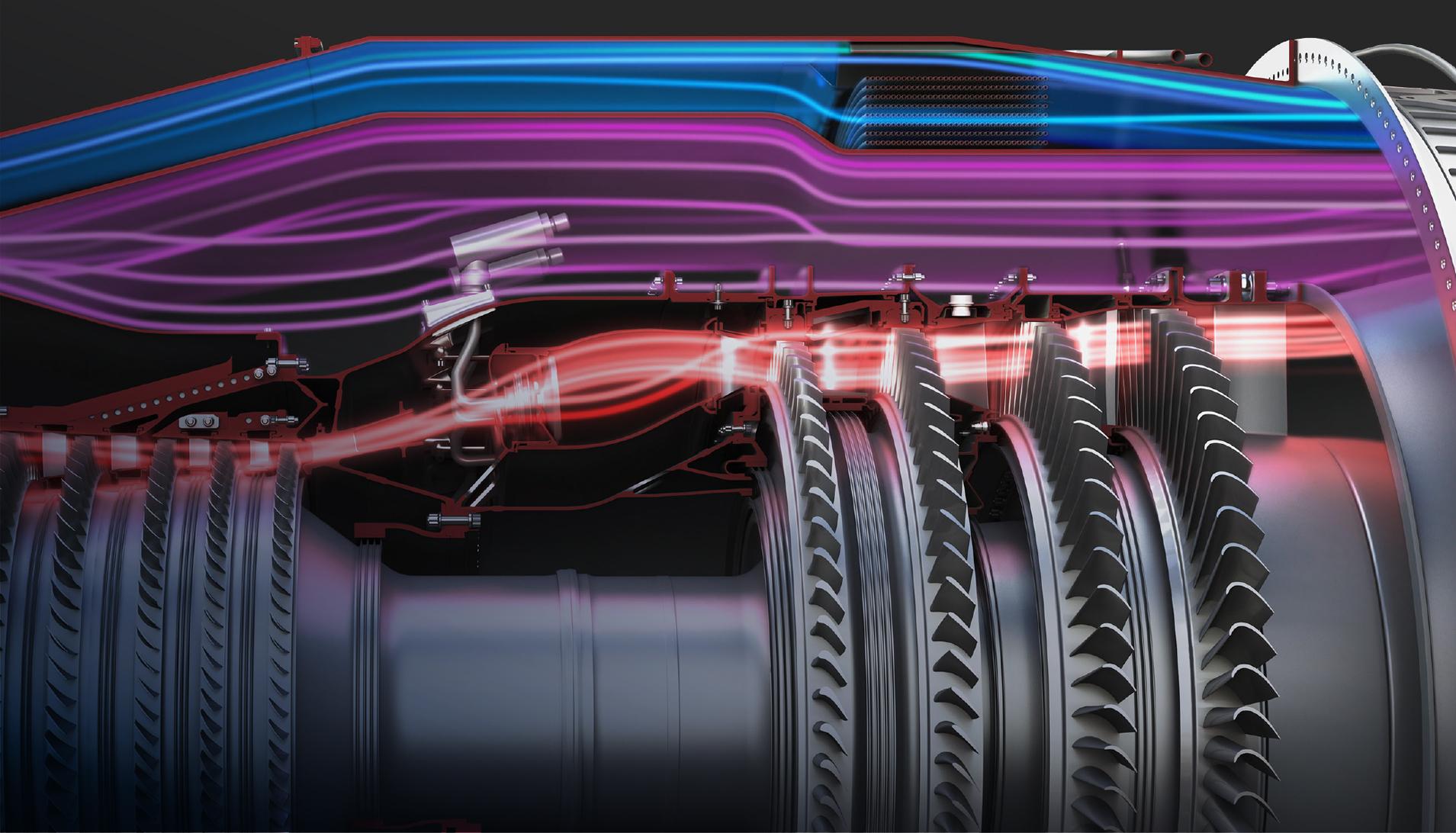
Credit: GE
General Electric is working with the U.S. Air Force on potential next steps for evaluating the three-stream XA100 demonstrator after completing runs of the second adaptive test engine at the service’s Arnold Engineering Development Complex (AEDC). The test work, which marks the final major contract...
Subscription Required
This content requires a subscription to one of the Aviation Week Intelligence Network (AWIN) bundles.
Schedule a demo today to find out how you can access this content and similar content related to your area of the global aviation industry.
Already an AWIN subscriber? Login
Did you know? Aviation Week has won top honors multiple times in the Jesse H. Neal National Business Journalism Awards, the business-to-business media equivalent of the Pulitzer Prizes.



